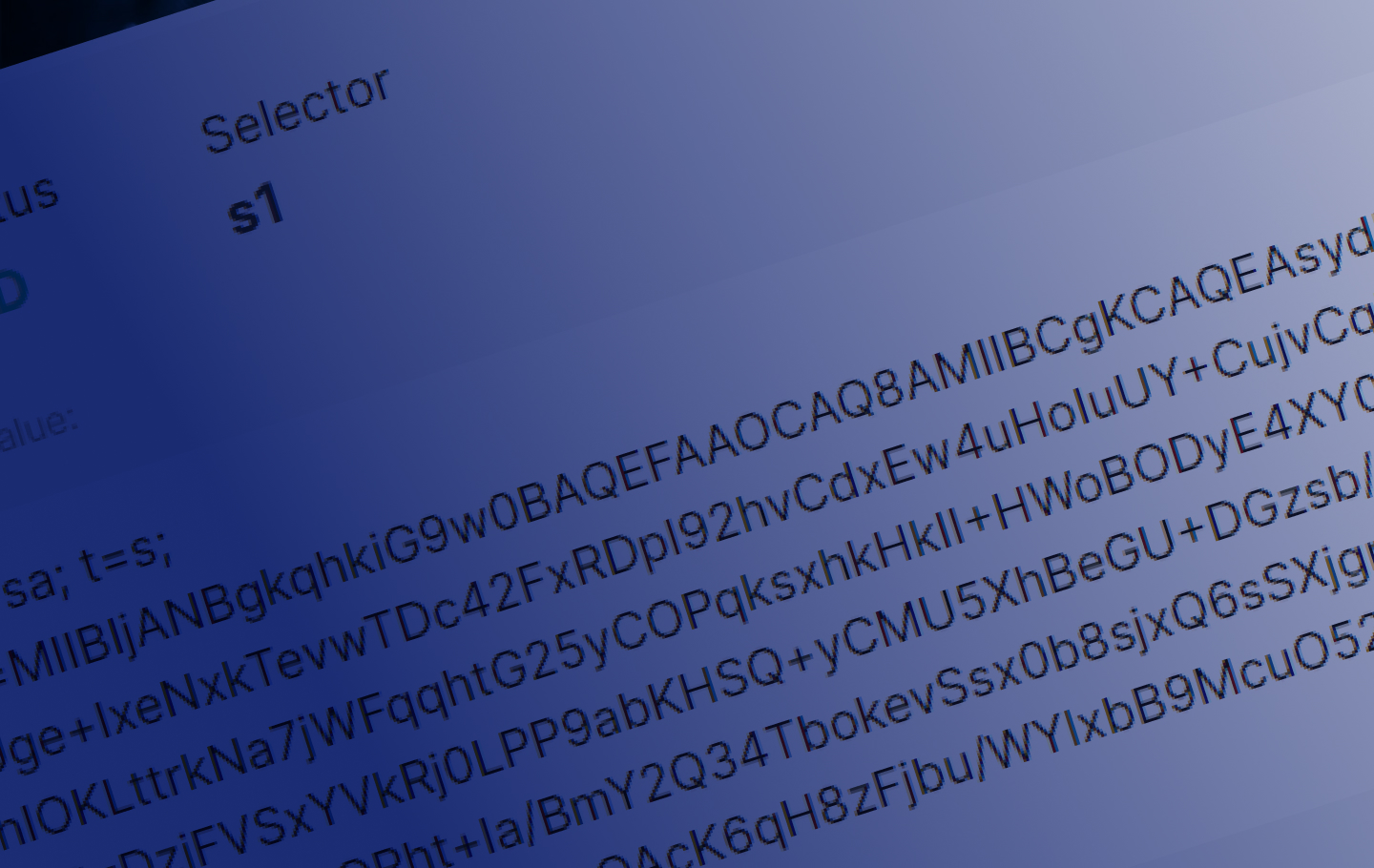In the realm of digital communication, email remains a dominant force. However, with the convenience of email comes the significant challenge of ensuring its security. One prevalent threat is email spoofing, where malicious actors send emails that appear to be from a trusted source. To combat this, organizations rely on various email authentication methods, one of which is the Sender Policy Framework (SPF).
What is SPF?
Sender Policy Framework (SPF) is an email authentication technique designed to prevent spammers from sending messages on behalf of your domain. It works by allowing domain owners to specify which mail servers are permitted to send emails on behalf of their domain.
How Does SPF Work?
SPF operates by using DNS (Domain Name System) records. Here’s a step-by-step breakdown of how SPF works:
- Domain Owner Sets Up SPF Record: The domain owner publishes an SPF record in the DNS zone file for their domain. This record is essentially a list of authorized mail servers.
- Email is Sent: When an email is sent from your domain, the recipient’s mail server queries the DNS to check for an SPF record.
- SPF Record is Retrieved: The recipient’s server retrieves the SPF record and checks if the sending server’s IP address is listed.
- Validation: If the IP address is listed in the SPF record, the email is considered legitimate and is delivered. If not, the email may be marked as spam or rejected outright.
The Structure of an SPF Record
An SPF record is a type of DNS TXT record that contains a list of IP addresses or subnets authorized to send email on behalf of a domain. Here’s an example of what an SPF record might look like:
v=spf1 ip4:192.0.2.1 include:_spf.google.com -allv=spf1: This specifies the version of SPF being used.
ip4:192.0.2.1: This indicates an IP address allowed to send emails.
include:_spf.google.com: This allows the inclusion of another domain’s SPF records (in this case, Google’s).
-all: This signifies that all other IP addresses are not authorized to send email.
Why is SPF Important?
- Prevents Email Spoofing: By specifying which mail servers can send emails on behalf of your domain, SPF helps to prevent email spoofing.
- Improves Email Deliverability: Emails from domains with correctly configured SPF records are more likely to be delivered to the recipient’s inbox rather than the spam folder.
- Enhances Domain Reputation: Implementing SPF helps maintain a positive domain reputation, as it reduces the chances of your domain being used for spam or phishing attacks.
Limitations of SPF
While SPF is a powerful tool, it is not without its limitations:
- Only Verifies the MAIL FROM Address: SPF only checks the envelope sender address (MAIL FROM), not the “From” address displayed to end users. This means attackers can still spoof the display name.
- Breaks on Forwarding: When an email is forwarded, the forwarding server’s IP address is not listed in the original SPF record, which can cause legitimate emails to fail SPF checks.
- Requires DNS Management: Implementing and maintaining SPF records requires access to DNS management, which might be complex for some users.
Best Practices for Implementing SPF
- Keep Your SPF Record Updated: Regularly update your SPF record to include new mail servers and remove old ones.
- Use ‘include’ Mechanism: Use the ‘include’ mechanism to allow trusted third parties to send emails on behalf of your domain.
- Test Your SPF Record: Use online tools to test and validate your SPF record to ensure it is correctly configured.
- Combine with DKIM and DMARC: For enhanced email security, combine SPF with DKIM (DomainKeys Identified Mail) and DMARC (Domain-based Message Authentication, Reporting & Conformance).
Conclusion
The Sender Policy Framework is a vital component in the fight against email spoofing and phishing. By correctly implementing SPF, organizations can protect their domain’s reputation, improve email deliverability, and contribute to a safer email ecosystem. While SPF has its limitations, when used in conjunction with other email authentication methods, it forms a robust defense against the myriad of threats lurking in the digital world.




This Post Has 0 Comments